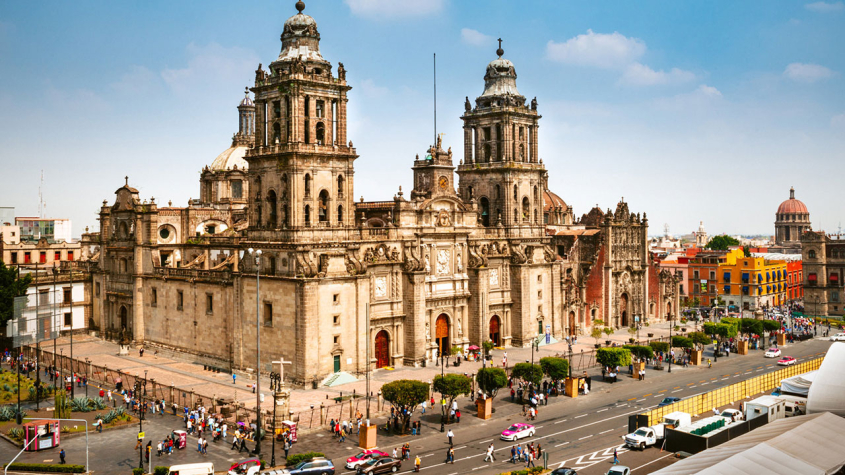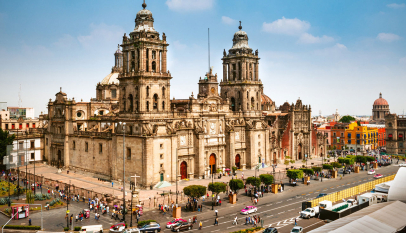
Egerp Panipat sparks curiosity among history enthusiasts and scholars alike. This intriguing term refers to a specific historical context that intertwines with the legacy of the three significant battles fought in Panipat, India. Understanding Egerp Panipat reveals insights into the strategic importance of the region and its role in shaping Indian history.
The complexity of Egerp Panipat lies in its deep historical roots, encompassing military strategies, alliances, and the socio-political environment of its time. These elements are critical for comprehending the cascading effects these battles had on the fate of empires, especially the Mughals. Engaging with this topic not only enriches one’s knowledge of historical events but also underscores the evolution of power dynamics in South Asia.
For those seeking to explore a pivotal moment that helped define the subcontinent’s trajectory, Egerp Panipat serves as a captivating entry point. By examining the narratives surrounding these battles, readers can appreciate the historical significance they held and continue to hold in modern contexts.
Historical Context of Egerp Panipat
Egerp Panipat has a rich historical background characterized by its strategic importance and significant military events. The following focuses on the origins, major conflicts, and its evolution in contemporary times.
Origins of Egerp Panipat
The area known as Egerp Panipat traces its roots back to ancient times. It was first mentioned in historical texts as a trading hub due to its advantageous location along key trade routes in northern India. This development attracted various empires, notably the Mughal Empire, which recognized its strategic value.
Egerp Panipat gained further prominence in the 18th century, particularly during the rise of regional powers. The establishment of settlements and fortifications by various rulers fostered both economic growth and cultural exchanges. This foundation set the stage for future conflicts.
Major Battles and Conflicts
Egerp Panipat is notably recognized for its involvement in major battles that shaped Indian history. The First Battle of Panipat in 1526 marked the beginning of Mughal dominance in India, where Babur defeated Ibrahim Lodi. This event was crucial in altering the political landscape.
Subsequently, the Second Battle of Panipat in 1761 represented a pivotal moment for the Maratha Empire and Afghan forces. This conflict led to significant loss of life and shifted power dynamics in the region. The Third Battle of Panipat further established the legacy of Egerp Panipat as a center for military strategy.
Egerp Panipat in Modern Times
In contemporary contexts, Egerp Panipat has evolved into a significant urban area within Haryana, India. It is known for its industrial contributions, particularly in textiles and manufacturing. This modern development contrasts with its historical role as a battlefield.
Culturally, Egerp Panipat continues to celebrate its rich heritage through festivals and historical commemorations. Today, it attracts tourists interested in its past while also serving as a thriving center for commerce and trade. The blend of history and modernity characterizes Egerp Panipat’s identity in the current era.
Cultural Significance
Egerp Panipat holds profound cultural importance, representing a fusion of historical events and artistic expression. Its architectural marvels and influences on arts and literature reflect this rich heritage.
Architectural Influence
The architectural landscape of Egerp Panipat is marked by notable structures that symbolize its historical legacy. Significant buildings, such as tombs, forts, and palaces, showcase the Mughal architectural style, characterized by intricate carvings and expansive courtyards.
These structures not only serve as tourist attractions but also represent the city’s historical narrative. Many sites feature ornate calligraphy and tile work, common in Mughal architecture, which enhances their aesthetic allure. Their preservation fosters a sense of identity among residents and serves as a reminder of the city’s glorious past.
Egerp Panipat in Arts and Literature
Egerp Panipat has inspired numerous artistic expressions throughout history. It is frequently referenced in poetry, novels, and historical texts, reflecting the events that have shaped its identity.
Artists often depict its scenery, capturing the essence of its landscapes and monuments. A notable theme in literature is the portrayal of heroic battles and influential figures linked to the city. The tales of valor resonate with many, emphasizing cultural pride. Notably, folk performances and traditional music have roots in the stories and history of Egerp Panipat, ensuring that its cultural legacy continues to thrive through generations.
Bathroom Renovation Hamilton: Transforming Your Space with Expert Solutions
Bathroom renovations in Hamilton can significantly enhance both the functionality and aest…









